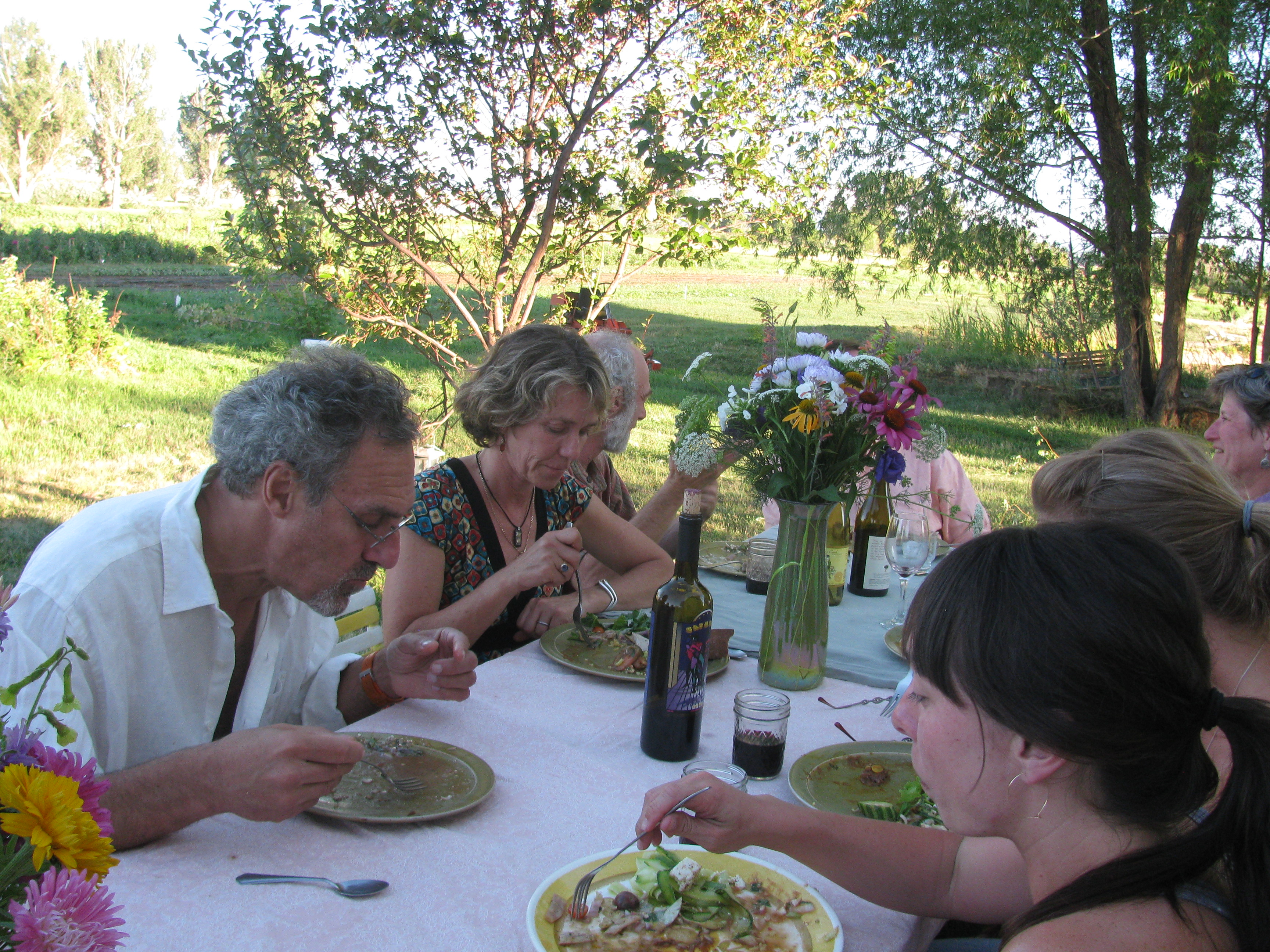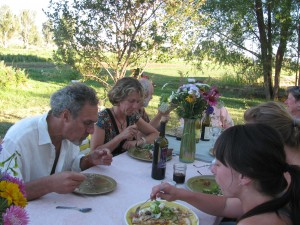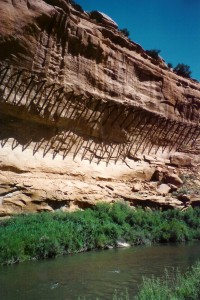
14 Nov ECOACTION PARTNERS: GROWTH OPPORTUNITES?
Are agriculture and heritage tourism potential growth industries?
On Tuesday, November 13, the historic Wright Opera House in Ouray was the perfect setting for folks from the Colorado Tourism Office (CTO) to gather with local farmers, ranchers, extension agents, and citizens to highlight the growth potential for this unique form of tourism in our region.
What exactly is agri-tourism and cultural heritage tourism?
Colorado defines agri-tourism this way:
“The practice of engaging in activities, events and services that have been provided to consumers for recreational, entertainment or educational purposes at a farm, ranch or other agricultural, horticultural or agribusiness operation in order to allow consumers to experience, learn about and participate in various facets of agricultural industry, culinary pursuits, natural resources and heritage.”
Wow. What a mouthful!
Cultural heritage tourism, as defined by the National Trust for Historic Preservation includes, “traveling to experience the places and activities that authentically represent the stories and people of the past and present. It includes historic, cultural and natural resources.”
Laura Grey, Program Manager, gave a quick overview of some impressive statistics. Nationwide that type of visitor spends more and stays longer than other kinds of travelers – averaging $994 per trip compared to $611 for all U.S. travelers. And, quoting Grey, “3 in 10 Colorado vacationers in 2011 indicated they were specifically interested in historic places on their trip, and almost as many said they had an interest in cultural activities and attractions.”
The gist of it is this. We have over 37,000 farms in Colorado and only 2% are currently reporting any agri-tourism income.
Growth potential indeed.
More important that than to me was imagining ways to reconnect people with the land – the source of their food, drink, fiber – and with one another. What do you tell your visitors they can’t miss in our region? Start from there. Then expand.
Imagine a San Miguel Watershed two-day agricultural and heritage itinerary.
Start the adventure at the headwaters with the historic Bridal Veil Hydropower plant, Telluride’s silver mining heritage, recreation and stunning beauty. Perhaps then a quick jog up to the Telluride School Growing Dome or Tomten Farm, agriculture at 9000 feet, followed by a stay at the Blue Jay, which showcases local food and regional wines.
Day 2 everyone could head to the west end to visit Indian Ridge Farm, Rockfield Farm or Coco’s Natural Farm as well as the Yellowcake Museum, the Naturita library, the Hanging Flume and more. Throw in a farm-to-table dinner and some multi-modal activities – hike, bike, raft or ski – and you’ve got the basis for a fun and authentic experience.
Next step to get things rolling is to talk to potential regional hosts and then ask the Colorado Tourism Office to help. The tourism office offers many free services including listings in the Farm Fresh Directory, use of the Market Maker database and Heritage sites database and Colorado branding. They will even come down and do a full day workshop on the basic “How to” for farmers, ranchers and other interested parties.
I was particularly impressed by what Kelli Hepler from Delta County Tourism has done in her region. Why not connect the entire Western Slope to create an outstanding journey for visitors (and residents) to celebrate our past, present, and indeed, our future?
If you have particular ideas or places you consider local treasures or would like to get involved, please contact me at kris@ecoactionpartners.org or 970-728-1340.




Pingback:EARTH MATTERS: THINK GLOBALLY, PLANT LOCALLY | Telluride Inside… and Out
Posted at 18:16h, 15 March[…] Inside… and Out. (For example, read about agricultural opportunities on the Western Slope at https://www.tellurideinside.com/2012/11/ecoaction-partners-growth-opportunites.html and about worm composting at […]